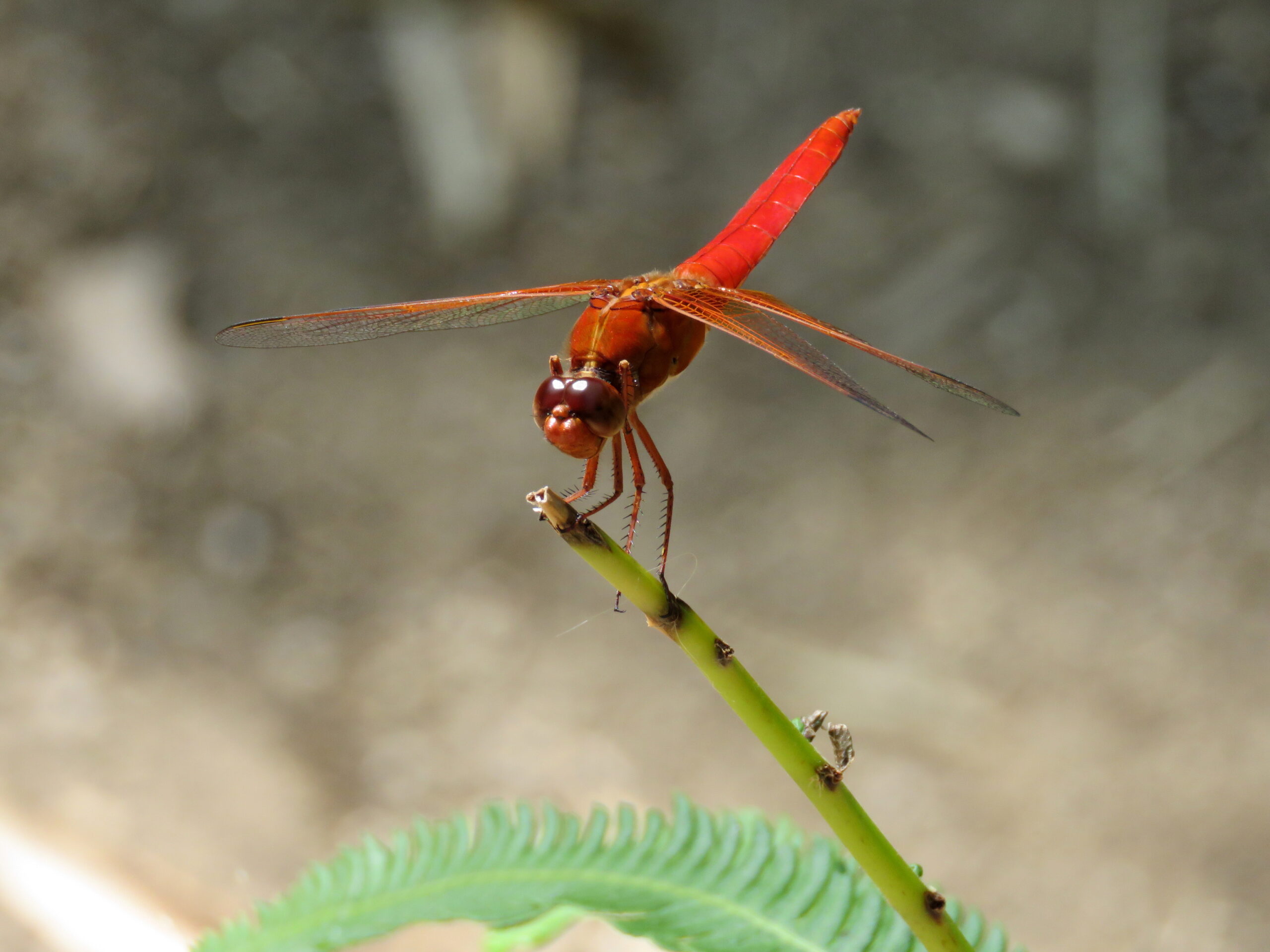
When it comes to dealing with pests in the landscape, UCLA employs an ecosystem-based strategy that focuses on long-term prevention and protecting the environment and people. Integrated Pest Management (IPM) at UCLA aims to minimize the application of chemical treatments. Facilities Management (FM) leads the program, with engagement from other campus stakeholders, including students.
Tended to by FM’s grounds-keeping staff, more than 90% of UCLA’s landscape is managed sustainably, which means without the use of pesticides and herbicides. UCLA is the first campus in California to receive a Green Grounds Certification from the environmental nonprofit Re:wild Your Campus for transitioning the campus landscape away from these chemical substances that can have harmful effects.
Insects, rodents, weeds, fungi, bacteria, and other organisms that cause damage or pose a nuisance constitute the pest population. But not all bugs are bad. Plant protectors and garden helpers include bumblebees, butterflies, and moths that pollinate flowers, as well as ladybugs, lacewings, and spiders that eat unwanted insects.
An environmentally sensitive approach is employed to deal with any unwelcome creepy-crawlies. IPM involves techniques such as using natural enemies, habitat manipulation, and creating an unfavorable environment for pests, rather than directly eliminating them from existence. Pest removal at UCLA minimizes risks to human health, beneficial and non-target organisms, and the environment.
The university has a dedicated IPM committee, including staff from Sustainability, Environmental Health & Safety, the UCLA Health system, Housing, and other campus departments. The committee also includes a faculty expert and, when possible, student representatives. With committee input, FM is working on better IPM practices for structures and buildings where pesticides are in use.
This past academic year, a group of undergraduates, through the Sustainability Action Research program at the Institute of the Environment and Sustainability, initiated an effort to contribute to the in-progress UCLA IPM plan, being drafted for this fall. Their project focused on educating the Bruin community about pests, helping prevent avoidable pest complaints, while also facilitating improvements to the pest reporting and documentation process. This effort encompassed research, analysis, interviews, and outreach.
All Bruins can contribute to stopping pests. Firstly, leave pest management to the experts at FM and submit a trouble call ticket by dialing 310-825-9236 or through the UCLA 311 App when help is needed. Signs to look out for include droppings, gnaw marks, grease marks or tracks, and the animals themselves, of course. To prevent their appearance in the first place, close windows and doors fully, don’t leave food around, and remove clutter, boxes, or paper along the floor where they can hide. Find more information, including fliers to share, at https://sustain.ucla.edu/ipm.
